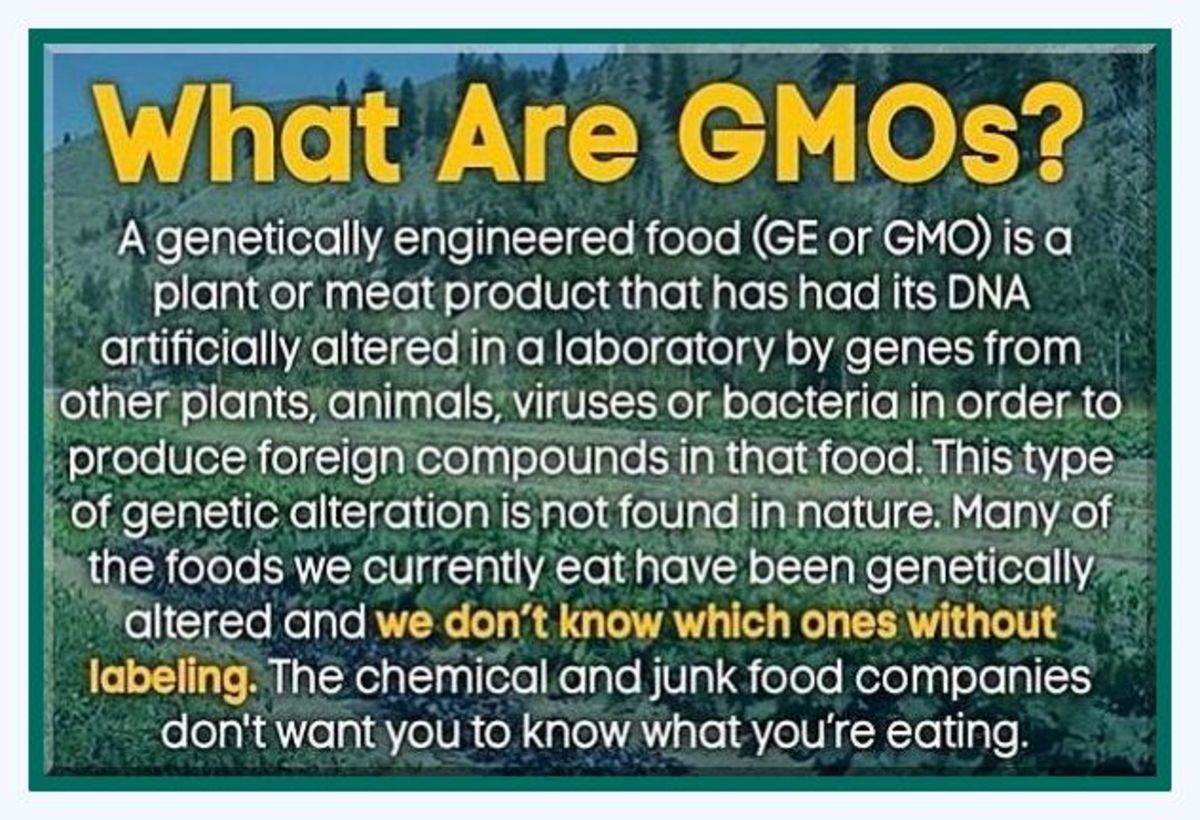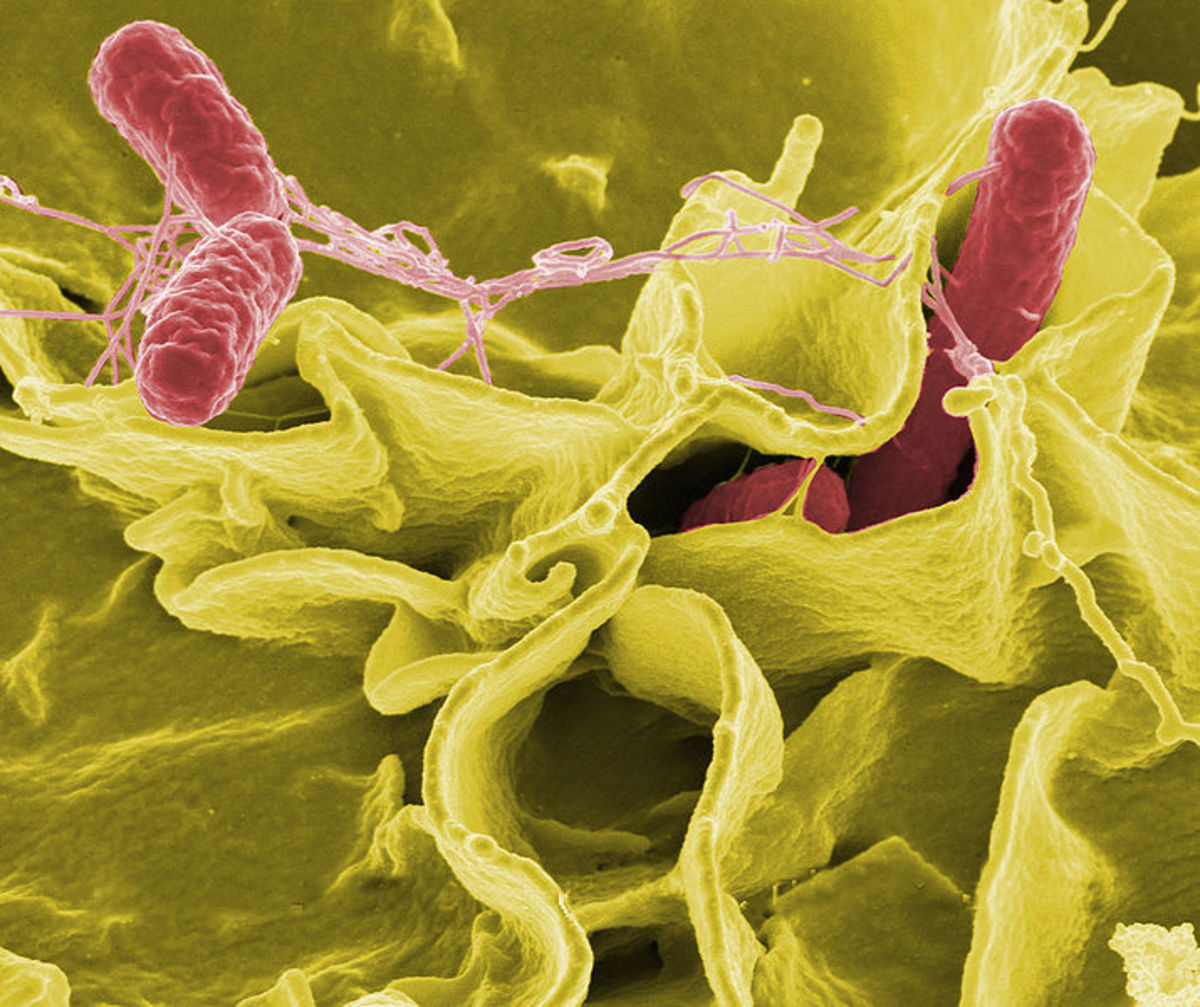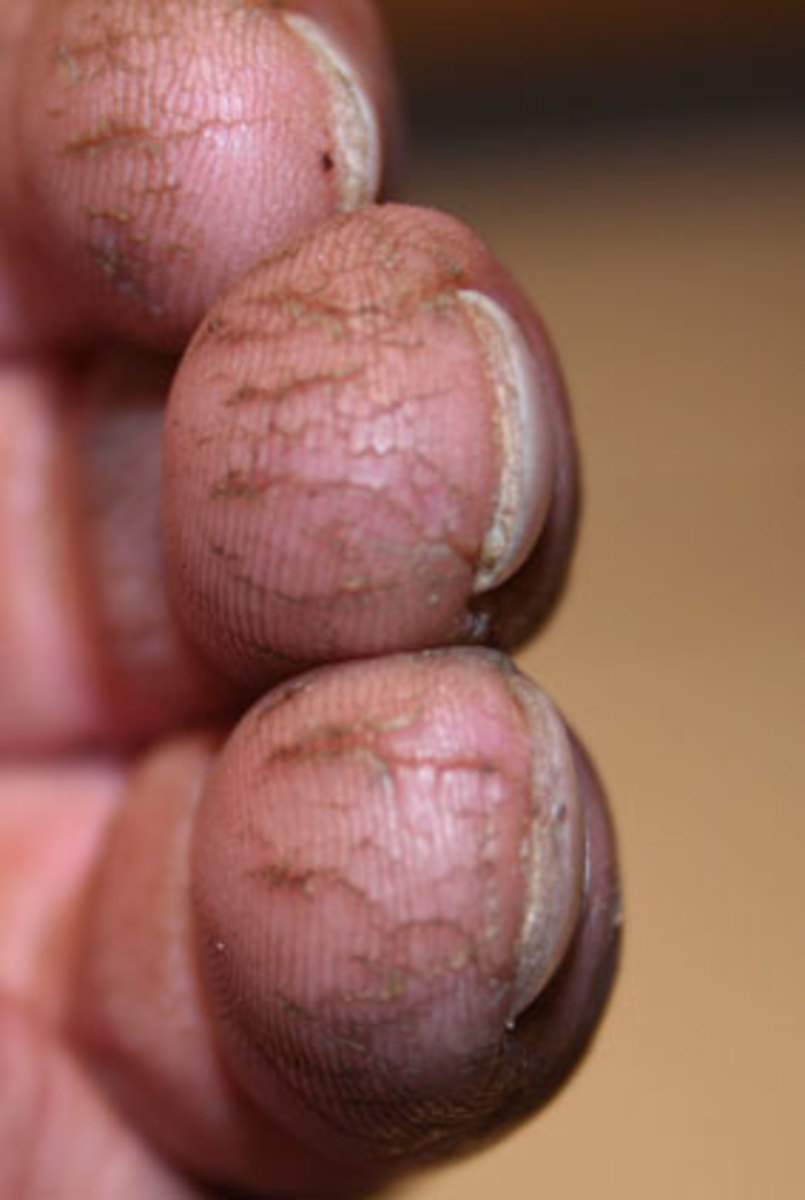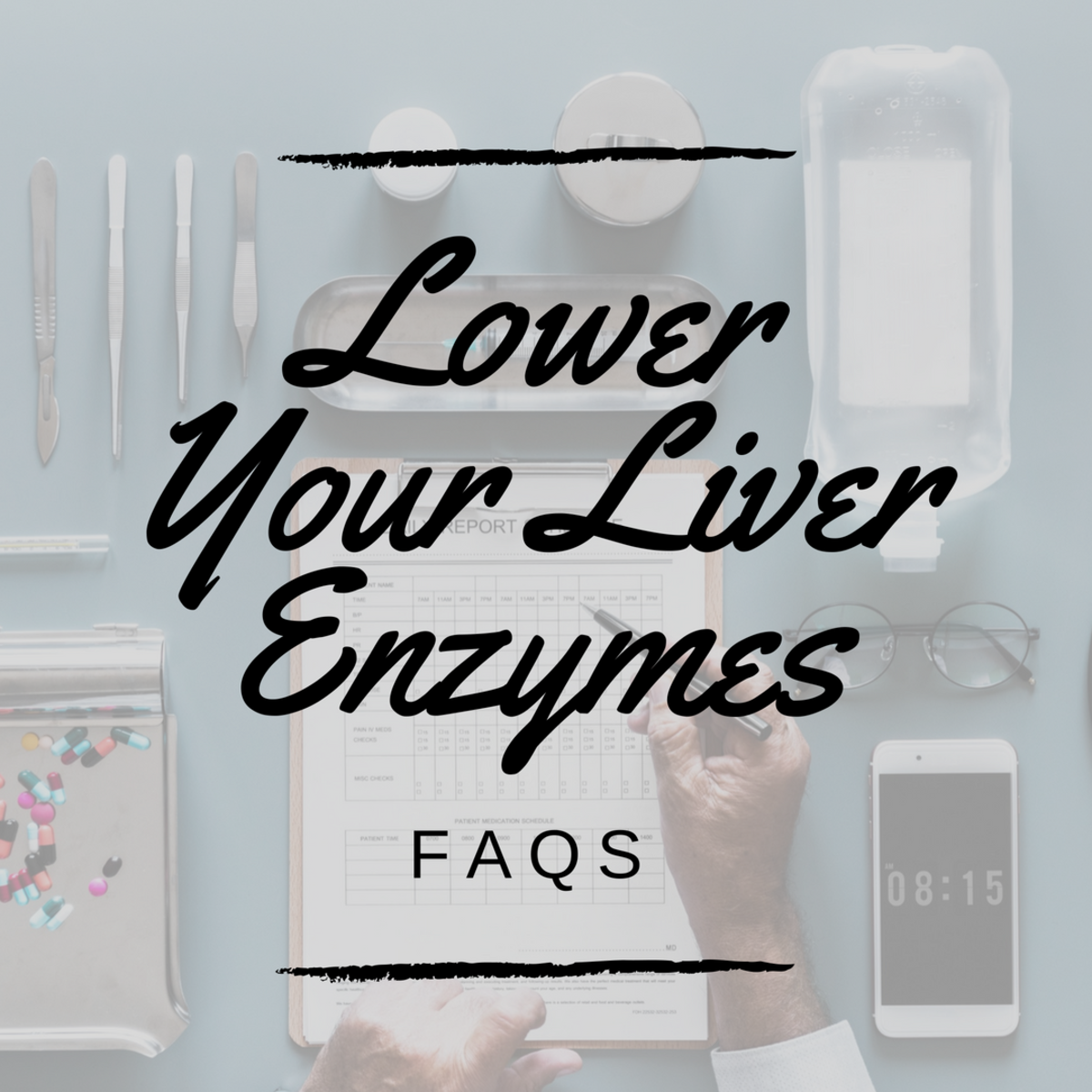10 Surprising Food Poisoning Statistics and Discoveries

Copyright 2012 - Kris Heeter, Ph.D.
When sick with an upset stomach, it's often hard to know why and what caused it - one likely cause could be food poisoning.
If you've ever had food poisoning, you will undoubtedly agree, it's no fun!
The number of food poisoning cases is much higher that I every would have guessed and the exact cause or source is not always obvious. With the new research coming out on food poisoning statistics and long term consequences, we should all perhaps be a little more concerned about the risks associated with eating contaminated food.
Below are ten statistics and new research discoveries that I found interesting - some are alarming:
1. Russian Roulette - the frequency of food poisoning
Whether you eat out frequently or eat at home, there is a significant chance that you will eat contaminated food at some point.
According to U.S. government statistics, 1 in 6 Americans will get sick from food poisoning each year.
2. How many different types of pathogens or microbes are associated with food poisoning?
It is estimated that there are more than 100,000 different types of foodborne pathogens that can cause illness.
There is a major collaboration that began this year (2012) to create a database that will enable the microbes and parasites that can cause food contamination to be identified more readily.
The hope is that this will enable contaminates to be found more readily before the food goes to market.
3. Startling number of unidentified food poisons
This statistic floored me at first:
In 2011, the number of “unspecified pathogens” were predicted to cause 38.4 million illnesses, hospitalize 71,878, and kill 1,686 people.
But, once you take into account that doctors and scientists have only identified a small subset of the predicted 100,000 foodborne pathogens (see second fact above), this statistic isn’t as surprising but, still scary!
Speaking of scary statistics, try this next one on for size…

4. An average of 1 in 5 supermarket chickens found contaminated with bacteria
A study conducted by the Health Protection Agency (a watchdog consumer group in the UK) discovered 18% of the chickens tested from nine leading supermarkets were contaminated with bacteria known to cause food poisoning – specifically Campylobacter. In addition, 17% contained Listeria and 1.5% were contaminated with Salmonella.
5. Delayed food poisoning - you may never know what caused it
Typically most people suspect food poisoning if they get suddenly ill within a few hours of eating.
However, many may not realize that certain types of microbes cause a delayed reaction. For example, there are some strains E. coli that cause illness by making a toxin called Shiga toxin. Those that ingest Shiga toxin-producing E. coli usually get sick between Day 2 and Day 8 after eating the contaminated food.
The Shiga toxin-producing E. coli are sometimes often referred to as “STEC” but within this same class are verocytotoxic E. coli (VTEC) or enterohemorrhagic E. coli (EHEC).
6. Food poisoning that can lead to urinary tract infections
Researchers from McGill University have discovered that contaminated chicken may be the source for the E. coli that causes painful urinary tract infections in women.
In the U.S. alone, there are six to eight million urinary tract infections (UTI) are diagnosed each year. The direct healthcare costs for uncomplicated UTI cases reaches as much as $2 billion per year.
7. Food poisoning that can increase the risk for diabetes, kidney failure, arthritis, cancer and other long-term diseases
There is a significant amount of research coming out that points to the conclusion that people affected by food poisoning outbreaks are more likely to develop a long-term illness down the road, diseases like: diabetes, arthritis, kidney failure, high blood pressure, cancer, heart attacks and strokes.
For example, a fungal species that contaminates food produces a toxin that causes "Aflatoxicosis" - a condition that can lead liver cancer.
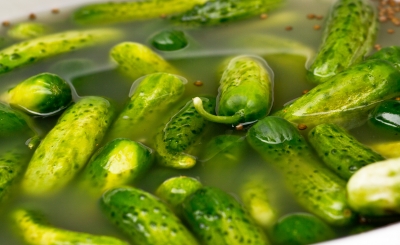
8. A common food preservative can actually increase bacterial toxins in contaminated food
Acetic acid is a common food preservative used to stop bacterial growth in dressings, sauces, cheese and pickles.
However, research suggests that small amounts of acetic acid can actually increase the amount of toxin released from the harmful bacteria in the food. When exposed to acetic acid, bacteria become stressed and when under stress, they produce more toxins.
9. Salmonella food poisoning – mutants strains now 100x more dangerous!
A new and more dangerous strain of Salmonella was discovered earlier this year by researchers at University of California (Santa Barbara).
This new strain has been labeled as “hypervirulent” -meaning it is more virulent than common Salmonella strains - and it can override current vaccines.
There are 100,000+ cases of Salmonella food poisoning each year in the United States. Humans usually get Salmonella food poisoning from eating contaminated beef, chicken, eggs, fruits, or vegetables.
It is estimated that Salmonella food poisoning costs the U.S around $14.6 billion each year.
10. Some good news: Common bacteria that causes food poisoning can be reengineered to do some good
Listeria monocytogenes, one of the more common bacterial species that causes food poisoning, has been genetically modified by researchers.
The reengineered version can be programmed to deliver medicine or vaccines to patients. This holds the potential for delivering medication that does not require swallowing pills or injections.
Related Articles of Interest
4 Types of Food Poisoning and Common Causes - There are many different types and causes of food poisoning. Common causes of food poisoning in the United States come from four classes of bacteria. Learn what those causes are and the symptoms of E. coli, Salmonella, Listeria, and Botulism food poisoning.
5 Ways to Prevent Food Poisoning - There are several ways to prevent food poisoning and increase food safety both at home and when eating out. Learn 5 simple tips with this article.

